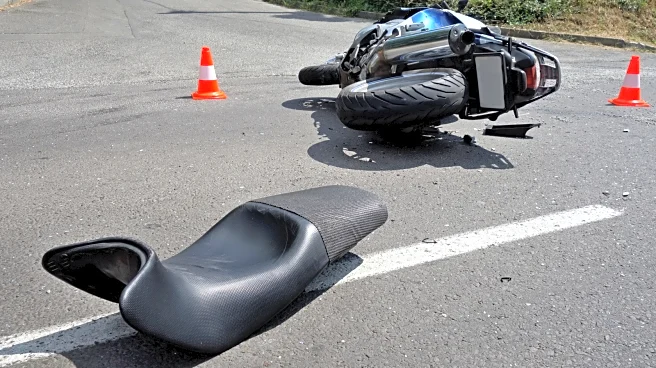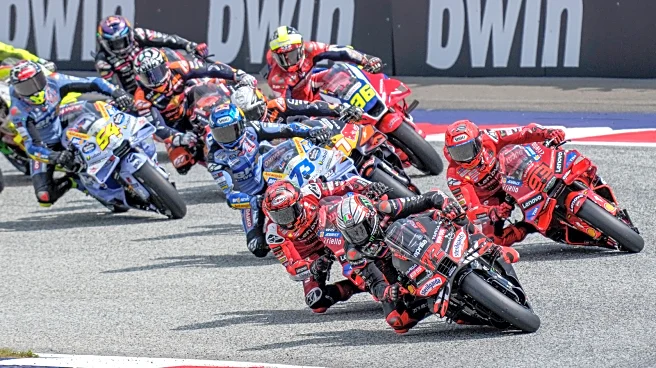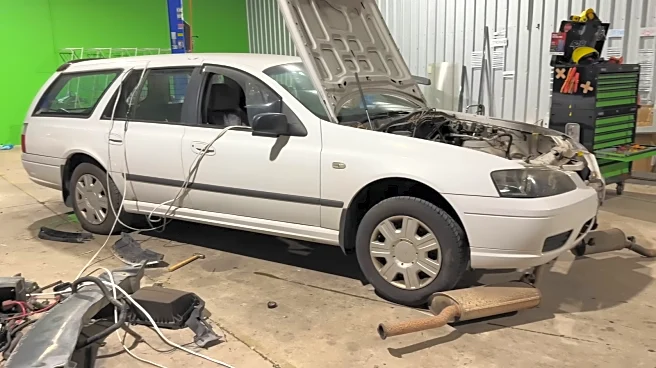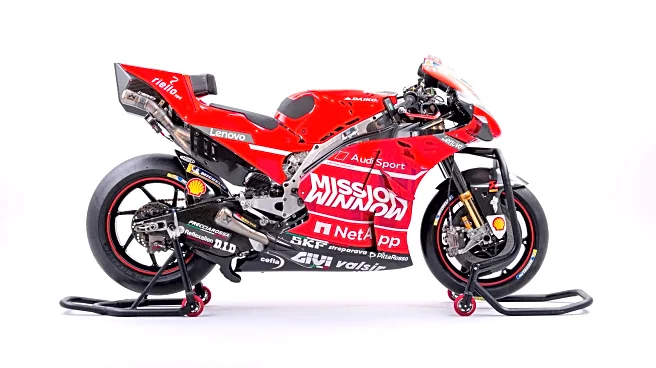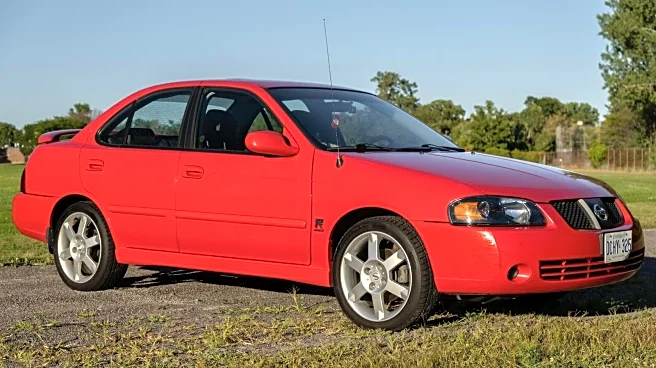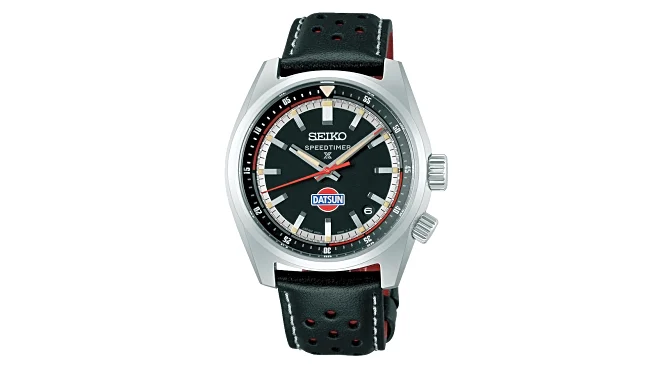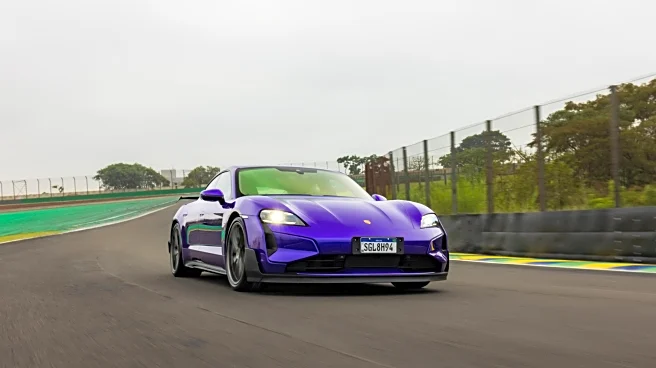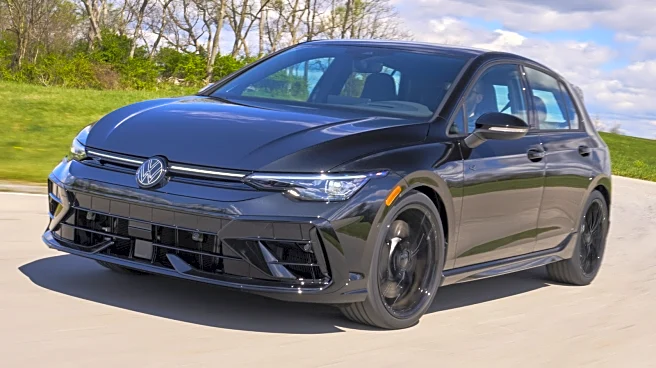
A motorcycle crash looks chaotic, but the underlying science is straightforward. Two wheels are just less stable than three or four, which means when traction is lost (from loose gravel, fuel spills, manhole covers, ice or snow, or even uneven pavement during construction), the bike can tip over almost instantly. Without gyroscopic force from forward motion, a motorcycle simply can't hold itself upright, and once a rider goes down, inertia takes over. The body keeps moving at the same speed the bike was
traveling until something stops it: pavement, a guardrail, or another vehicle.
Physics also explains why wind and the slipstream of passing trucks can be so dangerous. Air pushed ahead of or sucked behind a large vehicle can disrupt balance in a split second. Sudden gusts of wind or flying debris force riders into overcorrecting, which can lead to an accident.
The forces involved in hitting the ground or another object can snap bones and cause head trauma. Cars shield occupants from these forces; motorcycles expose the rider to them directly. In the simplest terms, the rider's body becomes the crumple zone, absorbing the full brunt of physics in motion. That's why innovatiors such as the inventors of motorcycle airbag systems are looking to solve the problem.
Read more: Call Me A Luddite, But These Modern Features Only Seem To Make Cars Worse
Injuries You Can Expect

Motorcycle accidents are closely tied to severe physical trauma, and the injuries depend on speed, road conditions, and protective gear. Road rash is one of the most common outcomes. Sliding on asphalt strips away layers of skin, often embedding gravel and debris in the wounds. Severe cases require skin grafts and long recoveries.
Broken bones are next on the list, especially in the arms, legs, collarbones, and ribs. Spinal damage is another risk, leading to paralysis in the most severe crashes. And head trauma is among the most dangerous injuries. Helmets dramatically reduce the risk of skull fractures and brain injuries, but they don't eliminate it. (Here's a guide for how to buy your first motorcycle helmet if you don't already own one.)
Internal bleeding is a hidden threat. Organs can be damaged without immediate external signs, making it critical for riders to seek medical evaluation after any crash. Dismemberment is also possible, particularly when guardrails or other sharp obstacles are involved. And death remains a tragic possibility.
Beyond physical injuries, crashes often leave psychological scars. Post-traumatic stress disorder is a frequent result, with symptoms ranging from nightmares and flashbacks to difficulty sleeping and mood swings. The financial and emotional impact compounds the physical damage, with medical bills and lost wages adding to the burden. No crash is minor when it comes to motorcycles.
The Safest Way To Fall

The first step is not to panic or bail too early. Sometimes, with last-second braking or steering, you can still keep the bike upright. But if a fall is unavoidable, don't try to jump clear right away. Stay with the bike until you're sliding. Once both you and the machine are on the ground, push it away so it doesn't roll over you or pin you against another obstacle.
When sliding, your instinct will be to put your hands out, but that often leads to broken fingers or tendon damage. Instead, try to keep your hands flat and avoid reaching. Keep your chin tucked, stay loose, and let your gear take the brunt of the slide. Protective equipment (helmet, armored jacket, gloves, boots, and reinforced pants) is designed for this moment. Sliding flat on your back or front is far safer than tumbling head over heels, which can cause brain or spinal injuries.
Don't stand up until all momentum has stopped. Adrenaline may push you to spring to your feet, but doing so while sliding usually ends in another impact or a hard face-plant. Once stopped, get clear of traffic if you can. Bikes can be replaced — you can't.
Above all, remember that preparation comes before the crash. Wearing full gear every ride gives you the best chance of walking away with a bruised ego instead of broken bones. Here's a motorcyclist's recording of her first crash, highlighting the importance of wearing the right gear.
Want more like this? Join the Jalopnik newsletter to get the latest auto news sent straight to your inbox...
Read the original article on Jalopnik.
